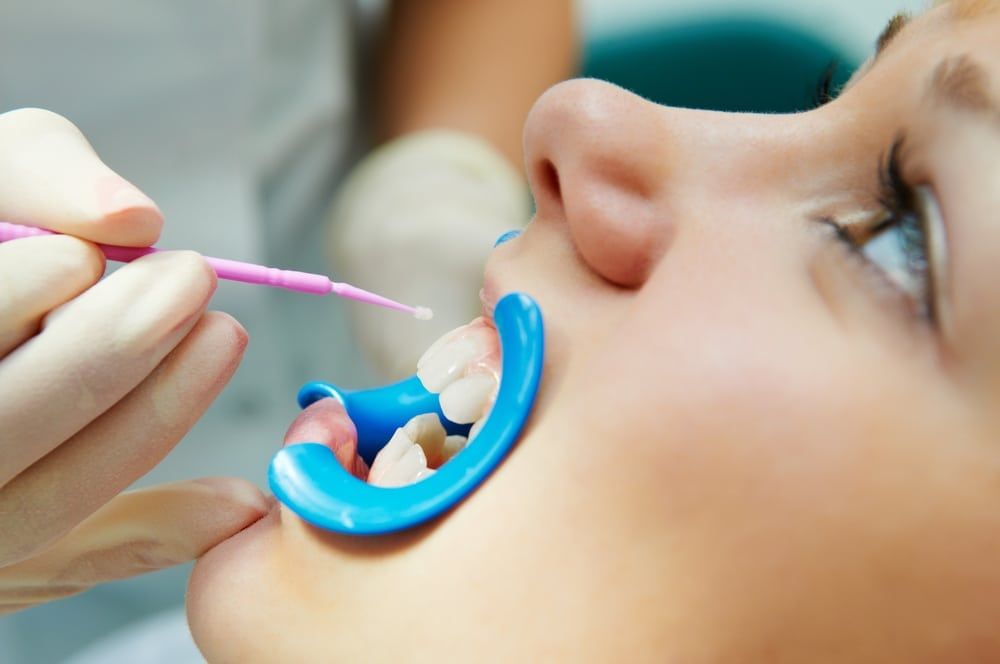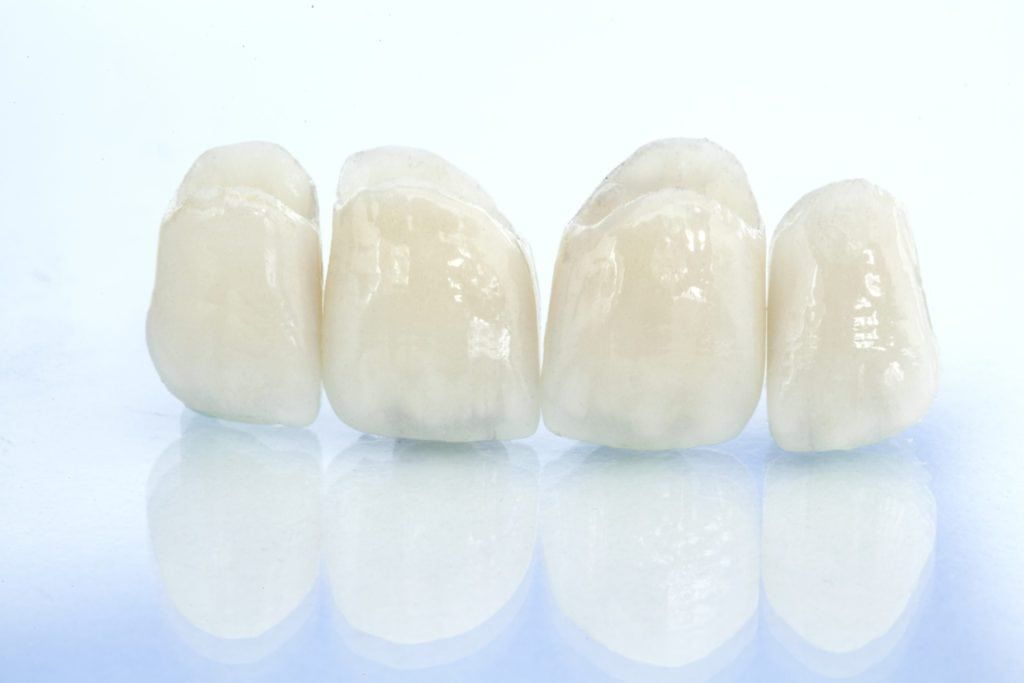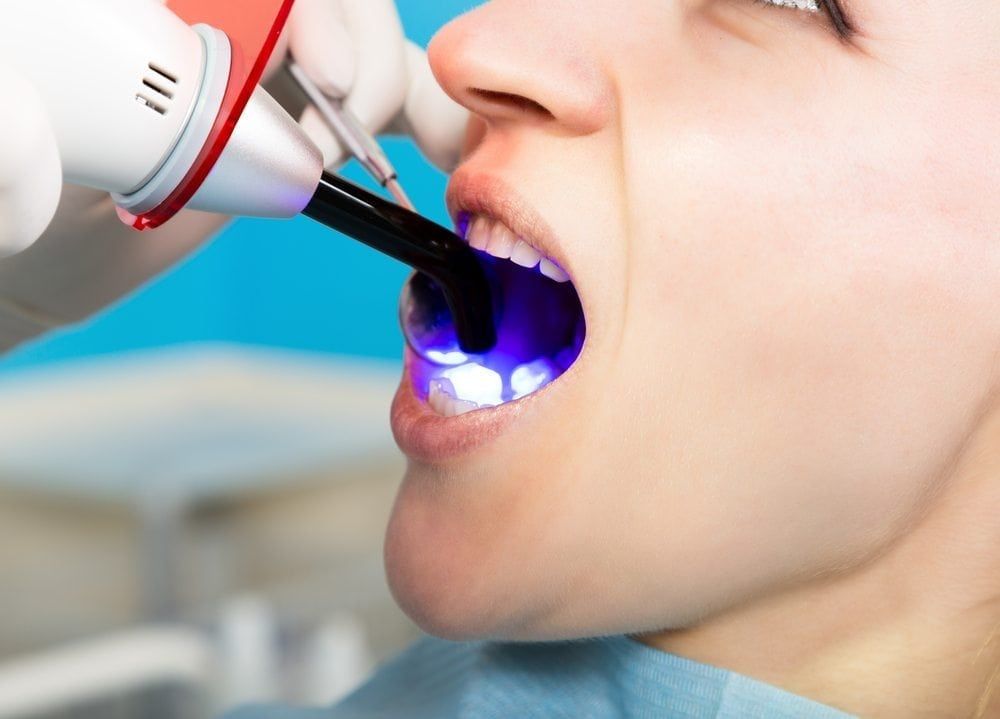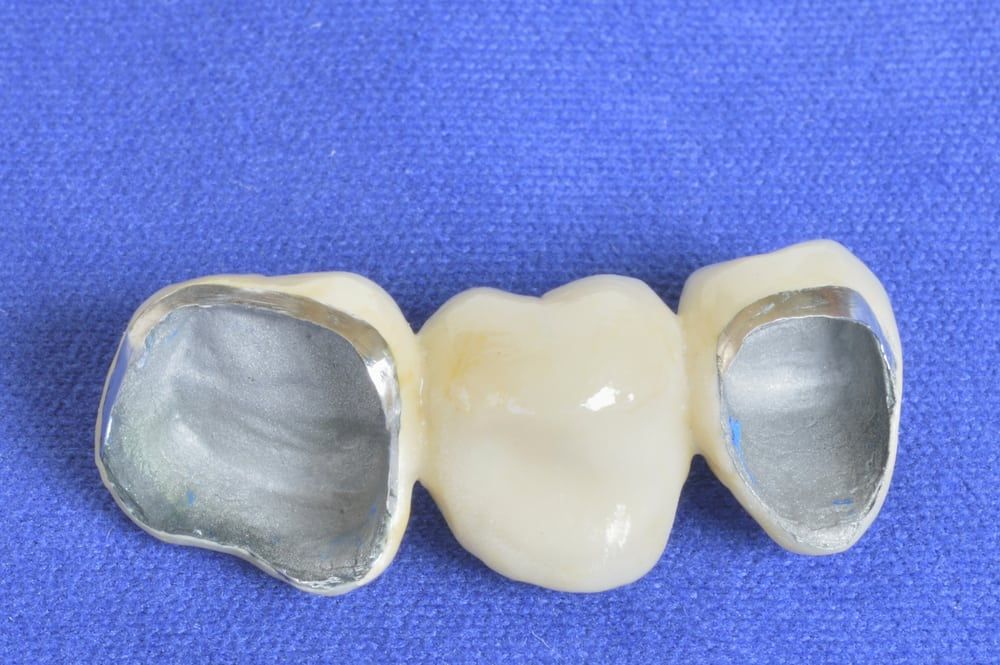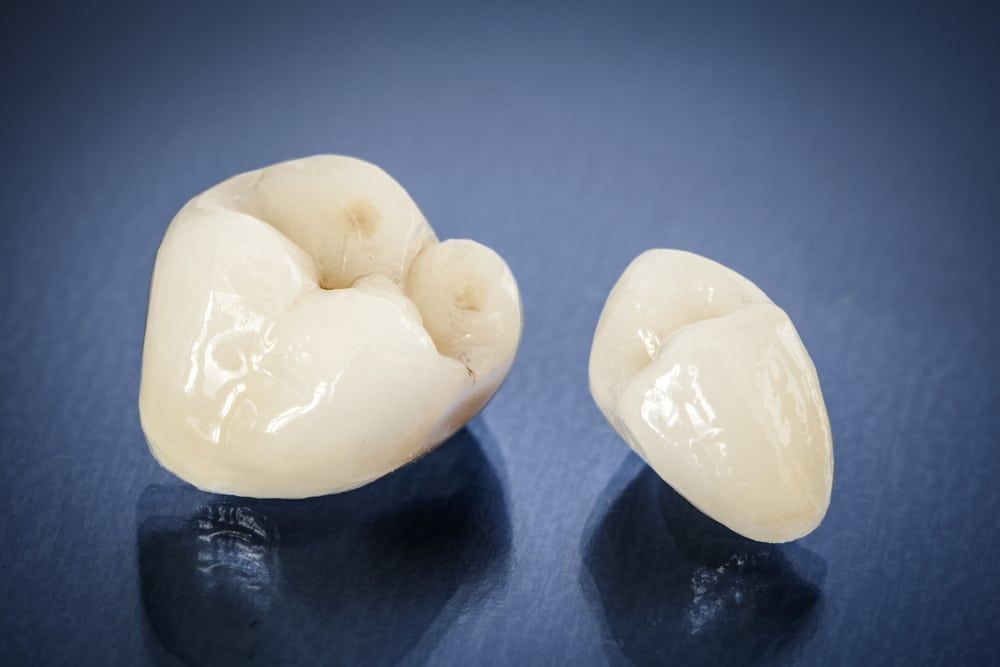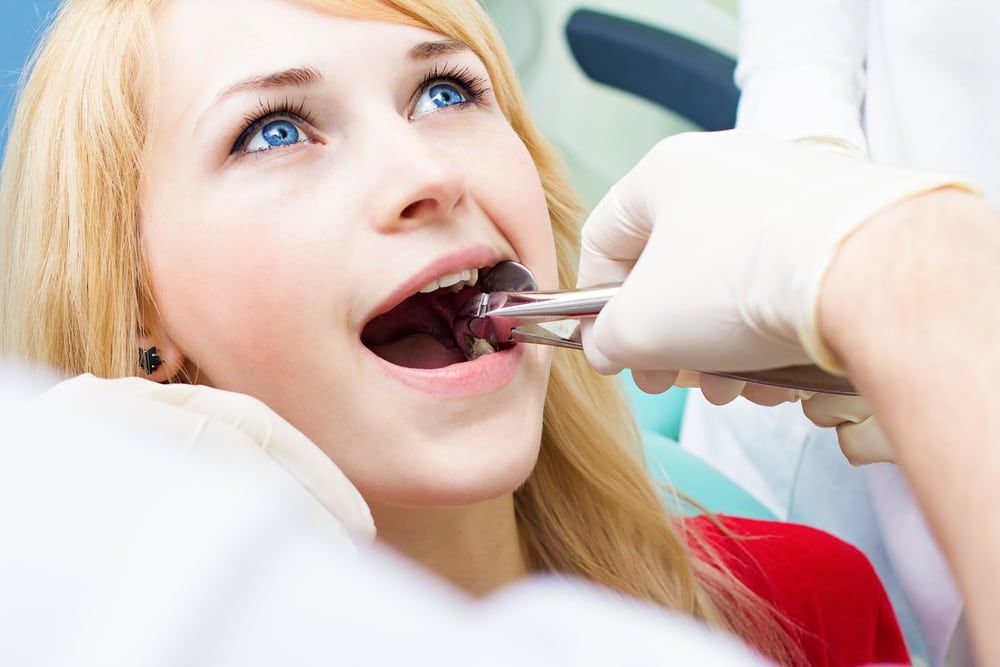
Dentures are an effective and affordable way of replacing missing teeth. Composed of a durable plastic resin and sometimes porcelain, both partial and full dentures can be fabricated to look and feel natural. Today’s dentures are custom-fit to make it possible to eat foods with confidence and speak articulately. Depending on the patient’s preferences and budget, dentures can be crafted for maximum comfort and fracture resistance backed up by limited warranties.
Did you know…
that more than 60 percent of American adults are missing one or more teeth? Approximately 10 percent are missing all of their teeth – requiring a prosthetic solution that will restore function and aesthetics to their smiles. Many of those dental patients choose partial or full dentures to replace missing teeth. In fact, it is estimated that 35 million Americans currently wear partial or full dentures – a number that is only expected to rise as baby boomers begin to reach retirement.

